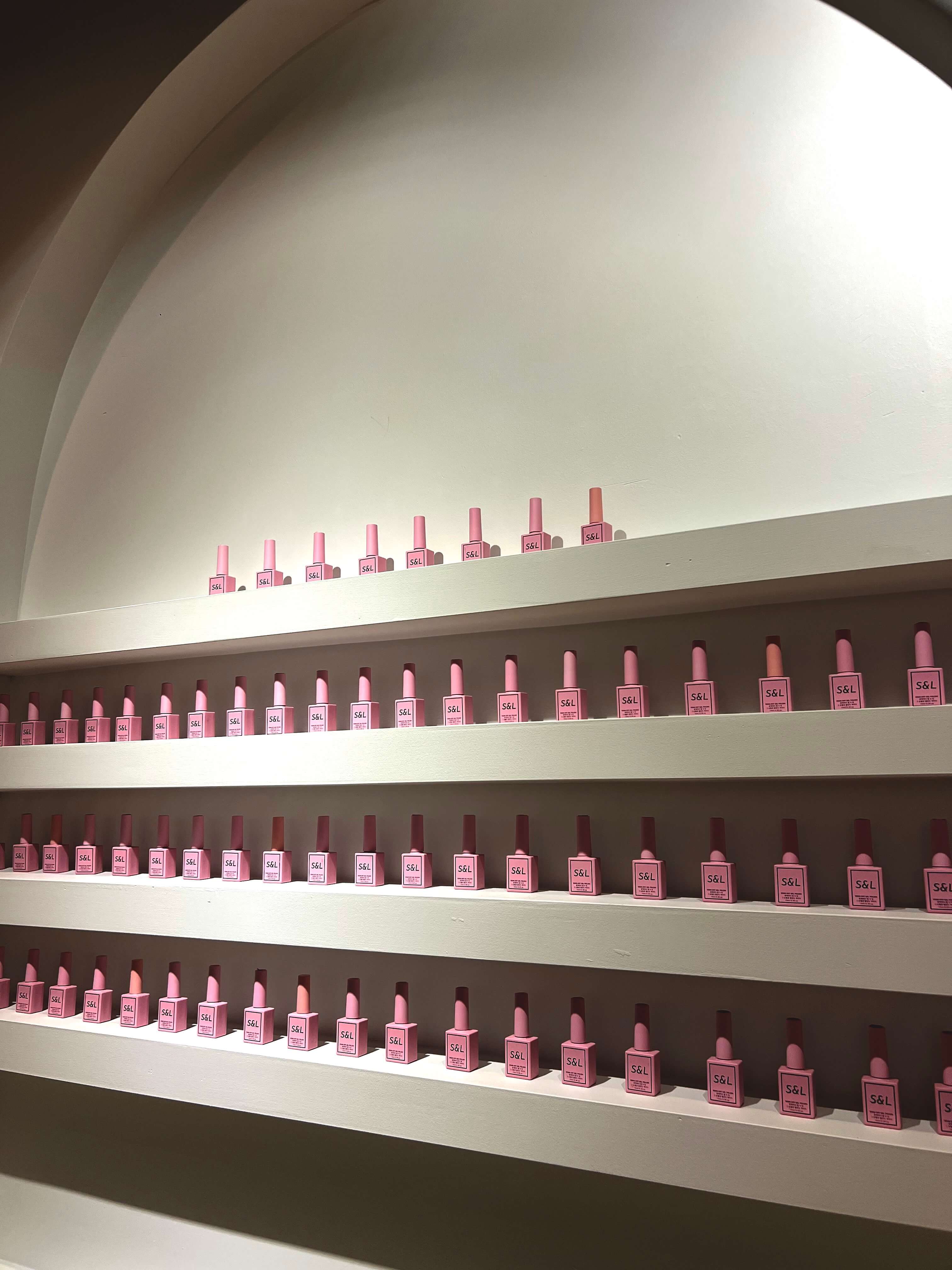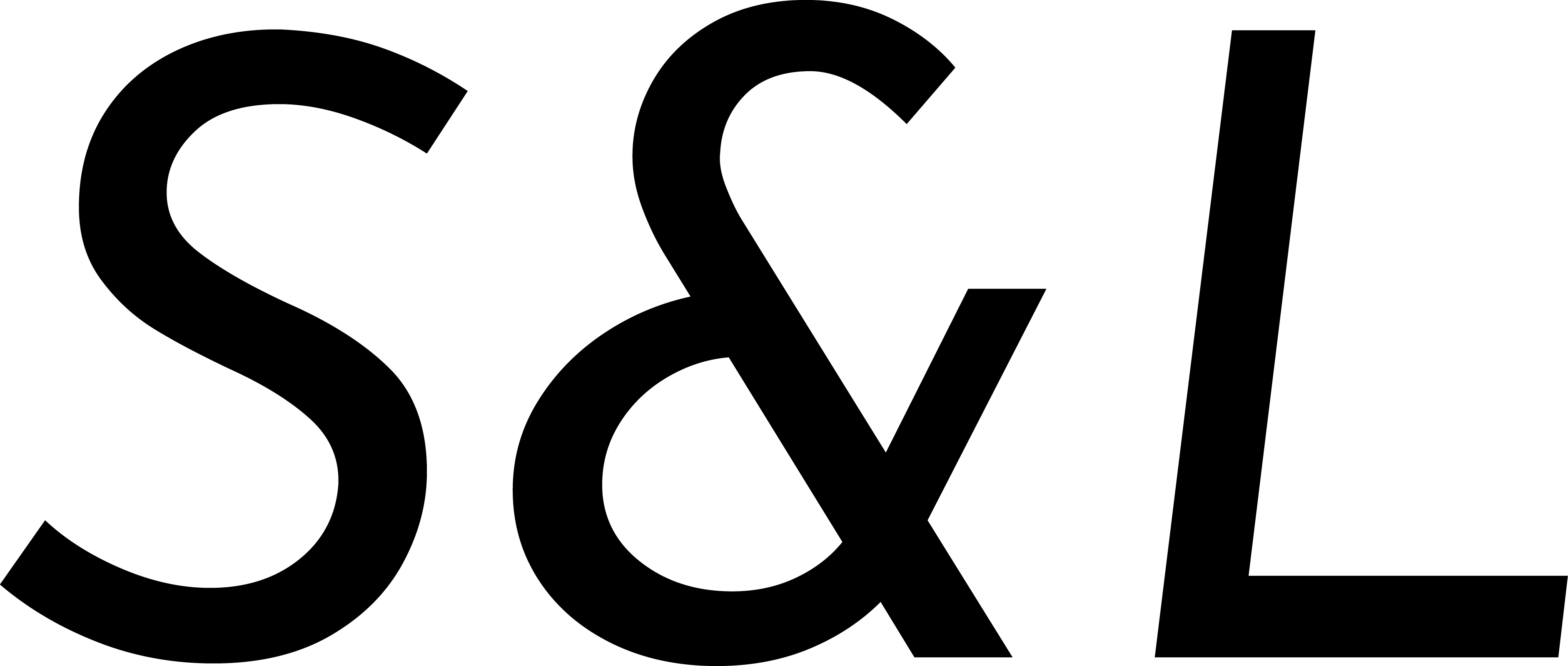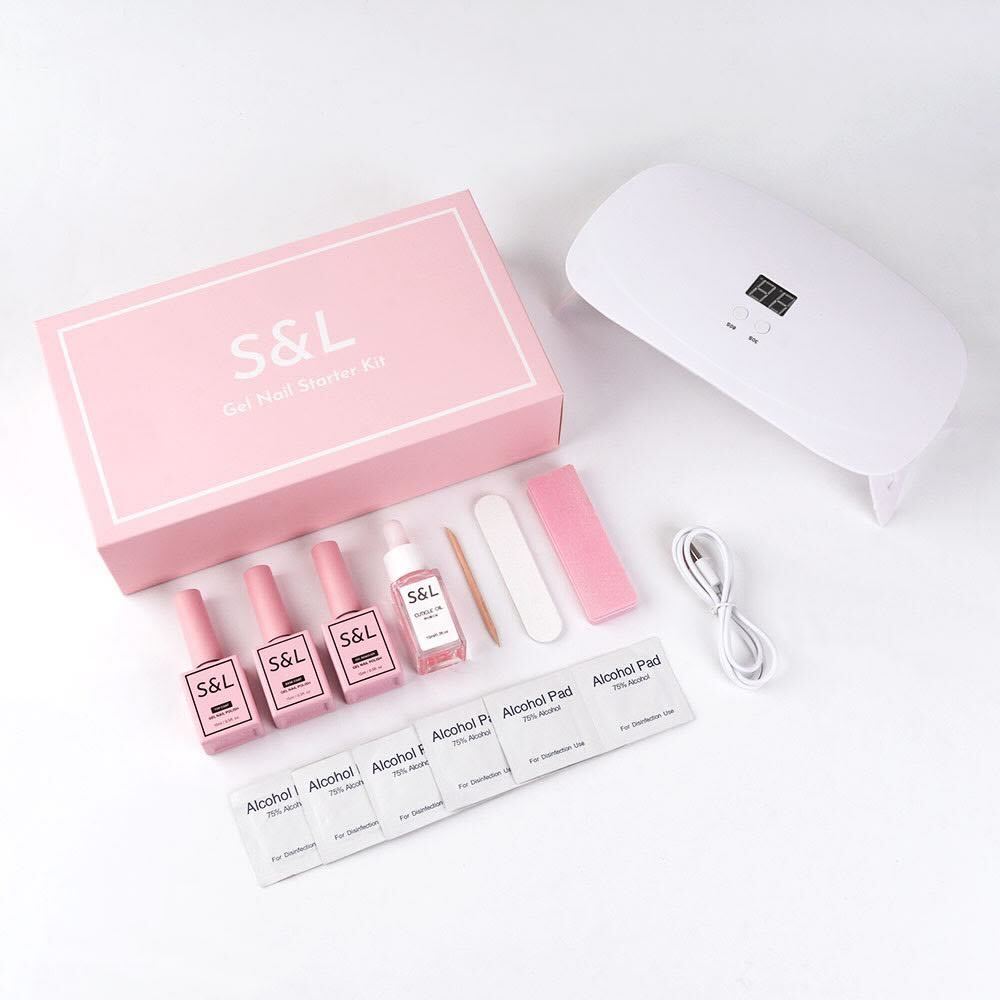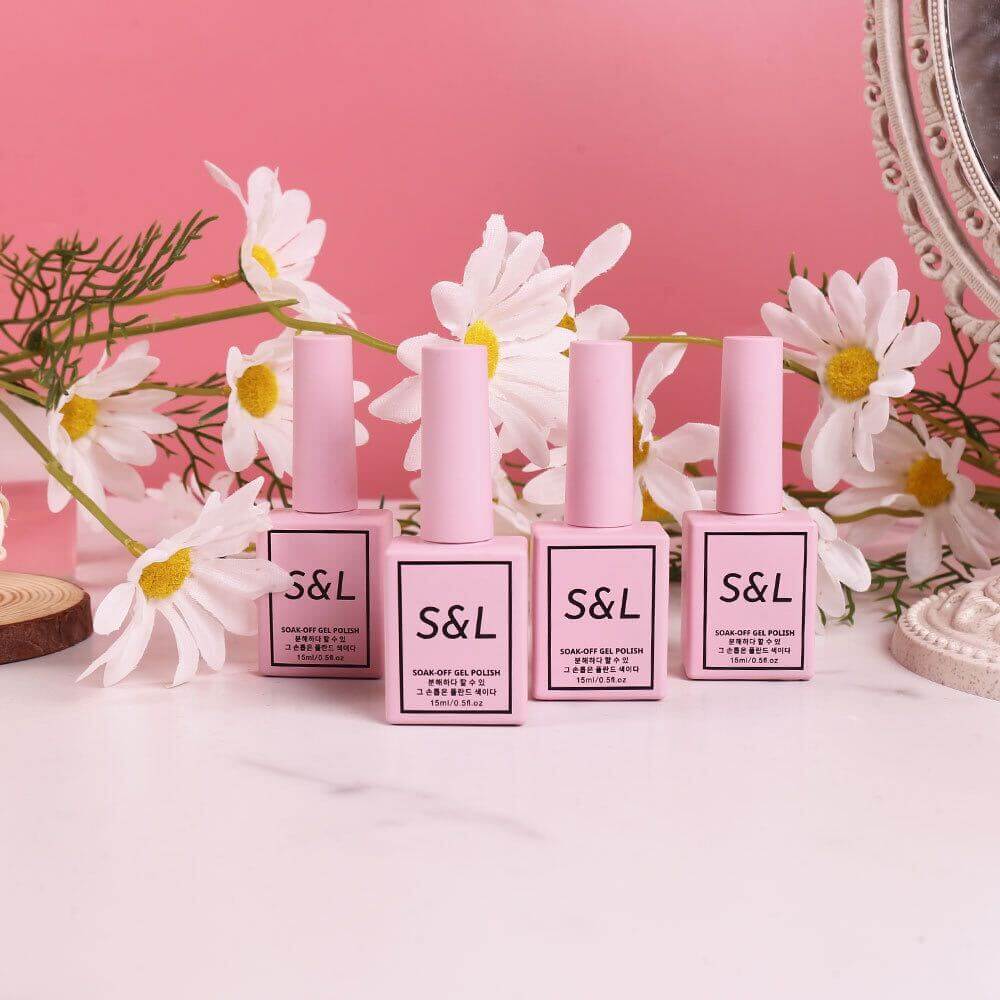
How to Open a Successful Nail Salon: A Step-by-Step Guide
Most people want their nails to look more beautiful than what's achievable with at-home treatments, so most of them visit nail salons — an industry that generates more than $5 billion each year.
With such earning potential, opening a nail salon may be the best option for nail technicians aiming for financial independence and growth.
Thanks to the vast range of services offered, nail salons quickly gain devoted customers, making them one of the fastest-growing businesses today. In this article, we’ll guide you through the steps on opening a nail salon.
But before diving in, the first matters how much opening a nail salon would cost.
How Much Does it Cost to Open a Nail Salon?
The cost of starting a nail salon varies highly depending on location, neighborhood and size of the salon and your budget.
The common costs of opening a nail salon typically involve property leasing, travel costs, legal costs, furniture, labor costs, personnel pay, plumbing (for pedicures), products and equipment.
The immediate cost with a commercial space is a deposit of first and last month's rent per fiscal year. Most commercial spaces allow 3 to 5 year leases. Many don't tend to allow 12 month leases.
If you intend on remodeling an existing commercial space, the cost of renovating and improving the image of the commercial space needs to be factored into your budget.
For Americans, The Americans with Disabilities Act prohibits disability-based discrimination in "activities" or "public accommodations". Therefore your salon must be configured to allow for customers with disabilities. This can become an expensive endeavour.
New owners can cut the startup expenses by acquiring second hand equipment from a previous salon owner or leasing a shared space.
Start with nail products so you can start taking on clients independently. Buy wholesale from vendors who offer it.
13 Steps to Opening a Nail Salon
Opening a nail salon requires more than just registering with the municipal and state governments. We've outlined 12 stages for launching a nail salon business.
1. Create a Business Plan for Your Salon
A business plan includes a marketable strategy and realistic growth and reinvestment budgets. Having a business strategy can help your nail salon succeed by:
- Proving your idea is viable
- Setting important goals
- Help secure investments and loans
- Developing your marketing strategy
Having a solid business plan helps lessen hazards like:
- Poorly advised pricing
- Stiff competition
- Lack of market impact
Before you include your financial plans and other projections, it's important to establish your niche and choose a target market.
How to Choose a Target Market
Your target market is a demographic or category of nail salon clients. Identifying your potential clients' age, gender, income brackets, education, professions, etc. will help you market your nail salon business more successfully.
The questions worth asking are:
- How should your nail salon appear and feel?
- What financial bracket are your ideal customers in?
- What do you want clients to experience?
These questions will help you determine your price range and your target market. Choosing an ideal location and everything else comes afterward.
How to Choose Your Niche
A cosmetology license and skilled nail technicians aren't enough to run a successful nail parlor.
Since there are so many nail salons, it matters to do competitive research to help your nail salon stand out among the rest.
Analyze your Nearby Competitors
Analyzing your competitors will give you insight into the strengths and weaknesses of your competitors, as well as the gaps in offerings between you and them. Here's how:
- Analyze your competitors' offerings: Find out where your competitors are located, what services they provide, and the number of customers they get daily.
- Examine your competition's customer reviews: Ratings and reviews play a major role in determining a company's quality. This information can help you determine the levels of service you need to reach and surpass.
- Find out your competitor's pricing: Knowing your competitor's price strategy can help you decide your own.
- Visit your competitors in person: This will allow you see their service level and the general customer experience that can't be captured in any other way.
2. Form Your Nail Salon into a Legal Entity
It's important to establish your nail salon as a legal entity, and sole proprietorship and LLCs are two of the most common business structures for individuals and small and local businesses.
Sole proprietorships
A sole proprietorship requires less paperwork but doesn't separate personal and corporate assets and expenses, making you personally accountable for all business debts, obligations, and legal matters.
LLC
LLCs entail paperwork and startup costs but have long-term benefits. LLCs are separate legal entities once founded. An LLC protects you from personal liability if your nail shop is sued.
3. Find a Location for Your Salon
If you've done your research, you'll know local nail salon peak hours, which will help you in choosing a business location.
Safe-bet locations for your nail salon include residential and college neighborhoods, as well as office buildings, which are surrounded by high-density traffic/streets.
However, high-traffic pedestrian zones have higher lease costs since they offer your business more exposure. So choosing a location depends on your business model, financial forecast, target market, niche, and services.
When choosing a location, consider these factors:
- The location's peak times, traffic conditions, and parking availability
- The age range of residents within the area
- Proximity to your target customers
Your research will guide you on which location offers greater returns on your investment for the price you'll pay.
4. What to Look For in a Nail Salon
Ventilation
Make sure the property has sufficient ventilation before you finalize the sale or sign the lease. Some of the chemicals that are used in nail art can be toxic if inhaled in excessive quantities, so this is an important consideration.
Visibility
Having enough space for your nail salon is also critical for business success. Your business should be easily visible from the street and provide convenient access for your customers. Visibility of your location allows you to attract new passerby customers organically.
Space
To determine how much space you'll need for your nail salon business, you'll first need to decide how many nail techs you'll hire and how many will work at once.
The general rule of thumb is to allocate between 175 to 250 square feet to each person who will be physically working at the place.
5. Obtain Necessary Permits and Licenses
You'll need certain state permits and licenses when starting any type of business, especially beauty salons.
What Permits Do You Need to Open a Nail Salon?
Legal requirements vary by state, but you'll generally need a business license, and state-approved credentials and a seller's permit before opening your nail salon.
A seller's permit to allow the IRS to record and collect sales tax.
Not having the proper permits and licenses can lead to costly fines or the closure of your salon. Check with a local business attorney or government.
Can I Open a Nail Salon Without a License?
Most states require cosmetology licenses from nail salon owners, in addition to the aforementioned business licenses, zoning permits, a Certificate of Occupancy, and an Employer Identification Number.
You may not need a professional nail tech license as a business owner, but your nail tech employees will.
Keep in mind, local health departments inspect beauty salons, including barbershops, nail salons, and hair salons to ensure all sanitary and regulatory criteria are met. Noncompliance has legal consequences.
Get Business Insurance
Business insurance is typically required to safely and legally operate your nail salon because it protects your nail salon's financial wellbeing in the event of a covered loss. There are countless insurance packages for nail salon risks.
If you're not sure what kinds of risk your business might face, General Liability Insurance is a good starting point. It's the most frequent type of insurance coverage required by small business owners.
6. Open a Bank Account and Apply for a Credit Card
Your business will require an allocated business banking and credit account, especially if it's an LLC. This is mostly to separate and protect your personal possessions, such as real estate, vehicles, and other valuable possessions, in case your business is legally pursued.
Apart from being required to apply for a business loan, opening a business bank account:
- Separates your personal assets from your firm's assets, ensuring personal asset protection
- Simplifies accounting and taxation
It's also a good idea to open a Net 30 account with your suppliers, as it would allow you to acquire assets and materials and pay them in full within 30 days. This helps you increase the cash flow and then use your profits to settle a debt towards your suppliers.
Opening a Net 30 account typically requires an Employer Identification Number (EIN), a DUNS number, and no recent derogatory marks on your business credit reports.
The reports from these accounts are processed by prominent business credit bureaus and may help you build company credit, allowing you to qualify for credit cards and lines of credit — provided that your business' finances are in order. This can be useful for future borrowing needs.
7. Set Up an Accounting System for Your Salon
The nail salon industry is mostly a cash-based business, so it's important to keep track of all of your earnings and expenses. This allows you to track your business' performance and makes tax filing much easier. The latter can help your business avoid being audited by the IRS — the audit is every business owner's nightmare.
8. Source Supplies, Equipment, and Staffing Nail Technicians
Acquiring the permits and licenses is only a half of starting a nail salon; you still have to source supplies, purchase salon equipment, and hire employees. Just make sure to keep everything well documented.
What Do You Need to Open a Nail Salon?
If you service five clients a day, five days a week, that's 250 individual hand nails each week. With so much demand, you should plan and maintain your stock at least on a weekly basis. Next to salon-grade supplies, your business will need salon-grade equipment.
However, considering that you're starting out and the budget might be tight, you can obtain some secondhand products until you're able to get something of a higher quality.
E-commerce websites like Mercari are a good place for this. All equipment that comes into contact with the skin surrounding the nails should be brand new. Here's what you need to pay attention to:
- Nail Polish — Make sure to keep a vast selection of nail polish types and colors (i.e. gel polishes, acrylics, dip, etc.). Having them on display can help demonstrate the available options to your patrons. The products you offer should consist of the products should be personally tested. Pick the best gel polishes for your shop so that your customers are satisfied and wanting to return in the future. Start with brands that offer wholesale pricing on gel polishes.
- Brushes — Next to polishes and gels, your brushes are the ultimate tool of nail art, so make sure to keep a steady stock of brushes you need. These have to be sanitized after each use.
- High-Quality Nails and Extensions — Please remember that no one goes to a nail salon for a dollar store fake nail extensions, so make sure that your stock of gels and acrylic nails are salon-grade.
- Nail Clippers and Scissors — Nails salons require several types of nail clippers, so make sure to equip your business with the basic salon-grade clippers. Keep the clippers meant for toenails separate, and always remember to sanitize the clippers after each client. Additionally, purchase some precision clippers for dealing with damaged nails.
- Nail Files — Adequate nail care requires the use of different kinds of nail files for shaping, finishing, and buffing. Nail drill bits are particularly useful for removing acrylic nails and extensions; just remember to replace them every three to four weeks, as they quickly dull with extensive use.
- Cuticle Pushers and Scissors — Cuticles are an essential component of nail health, and simply pushing them back with a cuticle pusher is sufficient to keep the client's nails healthy. However, your client might want their cuticles or dead skin surrounding the nail bed trimmed, so you'll need cuticle scissors.
- Manicure Table — Every nail parlor needs a manicure table since it's where all the magic happens. Choose ones that are sturdy and have bright LED lighting. Make sure that both your and the customer's chairs are exceptionally comfortable.
- Pedicure Chairs — A pedicure chair is required if your nail salon also offers pedicures. Sanitize the pedicure chair's basin after each client—an unsanitary washbasin can contribute to the spread of infections and fungus.
- Nail Dryers — These devices are necessary for nail art and gel applications, and they come in all kinds of different varieties. The best ones are usually equipped with UV lamps and can be built into the manicure table.
- Autoclaves — Barbicide and UV sterilization might be good against some types of bacteria and viruses, but they're quite ineffective against fungal spores. Autoclaves, on the other hand, pressurize steam at approximately 250°F, or some 120°C, making it the most effective sterilization method.
9. Design Your Nail Salon Brand
The very first thing you want to do is choose a business name, something that resonates with you and matches the aesthetics of your salon.
Next, you want to decorate your interior spaces, as they make a big difference in the overall customer experience. Interior design is both an art form and science of achieving a more aesthetically pleasing environment, but you don't need to major in it — simply visit Pinterest for fantastic salon interior design ideas.
Once everything's set up, you should focus on promoting your nail salon.
Your advertising should target local residents since nail shops normally serve a local area. Word-of-mouth is one of the best marketing methods, especially in the beauty sector, so make sure your customers are happy so they'll tell their friends.
10. Create an Online Presence
The next step after defining your brand, choosing your business name, and perhaps designing your logo is to create a website for your company. All legitimate businesses have websites, regardless of which industry they belong to, so it's safe to assume that developing a website for your business is a necessary step.
Some people may believe that developing a website is out of their grasp since they lack any website-building skills. Web technology has advanced significantly over the past decade, and these days, anyone can make a website with just basic computer skills.
One way to do this is to use a web-building service that offers website templates, which allow you to make your own website without having to pay a web developer or designer. The process is straightforward, and there are countless tutorials online on how to do this.
Another way is to use social media platforms, such as Facebook, LinkedIn, or Instagram. Social media platforms have proven to be one of the most effective marketing tools since they're easy to use, they're mostly free and make your business page accessible to hundreds, if not thousands of potential customers.
11. Decide On a Pricing Strategy
The best possible practice of any business is to keep its pricing strategy clear and uncomplicated since keeping a convoluted pricing scheme is mostly pointless and may even backfire. However, pricing strategy is mostly unique to any business since it's mainly founded on the financial bracket of the majority of your target market. It's critical to comprehend the following things in order to effectively price your services:
- Location — Analyzing financials associated with a chosen location is also a big factor, as it will help you set rates and prices that will yield a better return on investment. You'll need to consider the rent and mortgage payments.
- Demand — With most of the pandemic-induced safety measures now gone, the need for nail services has continued to grow. People have generally become more cautious, but they're also seeking a short-term escape through some of the experiences beauty and nail salons provide. No two enterprises are alike, so take demand into consideration when adjusting your prices.
- Competitor Pricing — The initial competitor research should familiarize you with the pricing strategies and average service prices in your area.
These parameters should help you determine local client spending capacity, acceptable pricing, and local demographics. You'll then be able to formulate a pricing strategy depending on your target market and the experience you want to sell, giving you a competitive advantage.
12. Launch Your Nail Salon
Once everything's set up, it's time for the grand opening. Promote your business intensely for a few days prior to the grand opening. Collaborate with other businesses and offer free service vouchers — for example, local DJs can offer a few free service vouchers to their station callers.
Keep in mind that these promotions may make you extremely busy for the first couple of days. If that happens to be the case, reward every tenth customer or so with a free manicure — it will help boost your word-of-mouth advertisement.
13. Start Building Up Your Clientele
The first impression is often the lasting one, and if the launch of your business goes well, you should already have a solid base of clients. However, you can take additional steps to build up your clientele.
For example, you can list your business online with a booking button that links to the booking page on your business' website. You can additionally invest in some appointment scheduling software, which will keep track of all your appointments for you.
FAQ About Opening a Nail Salon
Here are some of the most frequently asked questions about opening a nail salon:
Is a Nail Salon Profitable?
The profitability of your salon mainly depends on your business and pricing strategy. Typical nail salon businesses make approximately $40,000 to $75,000 annually, and they're easily scalable. Some owners have multiple locations offering high-quality service and are millionaires.
Can You Start a Nail Salon Business From Home?
This is an option, but you will still need all the necessary permits, and you might have to remodel one of the rooms in your house to meet the specific health and safety requirements. Keep in mind that these can vary from state to state, so be sure to inquire with your local business attorney.
How Do Salon Owners Make Money?
Owners of larger salons are usually managing the business rather than performing services, so most of their income comes from booth rentals or employee commissions, accounting for 92% of their income. The other 8% comes from the retail sales of any hair product sold within the salon, which further promotes product endorsement.
What Is the Largest Expense in Operating a Salon?
When it comes to small businesses, the most considerable expense is the payroll, which usually accounts for more than 50% of all expenditures.
Open Your Nail Salon with Confidence
Nail salons offer a tremendous income potential and require a manageable upfront investment. Being a successful nail salon owner is not far down the road if you pay attention to management and take tiny strategic efforts to retain your market position.
We hope our guide has helped you on your road to opening a nail salon. If you're looking for nail salon supplies, feel free to check out S&L Beauty Company, we have an extensive collection of nail polishes, gels, and other products.





2 comments
So good
Kintu Yonason
This is the most beautiful advise I’ve ever experienced.
Thank you so much for sharing 🥰
Palesa Moqhoeshi
Leave a comment
This site is protected by hCaptcha and the hCaptcha Privacy Policy and Terms of Service apply.